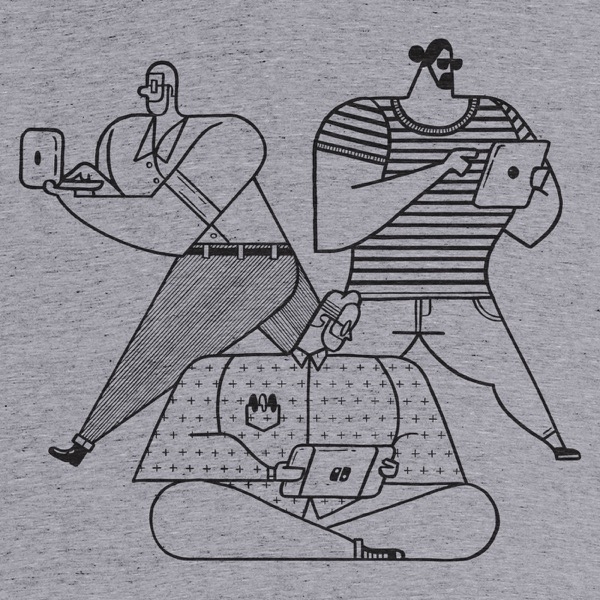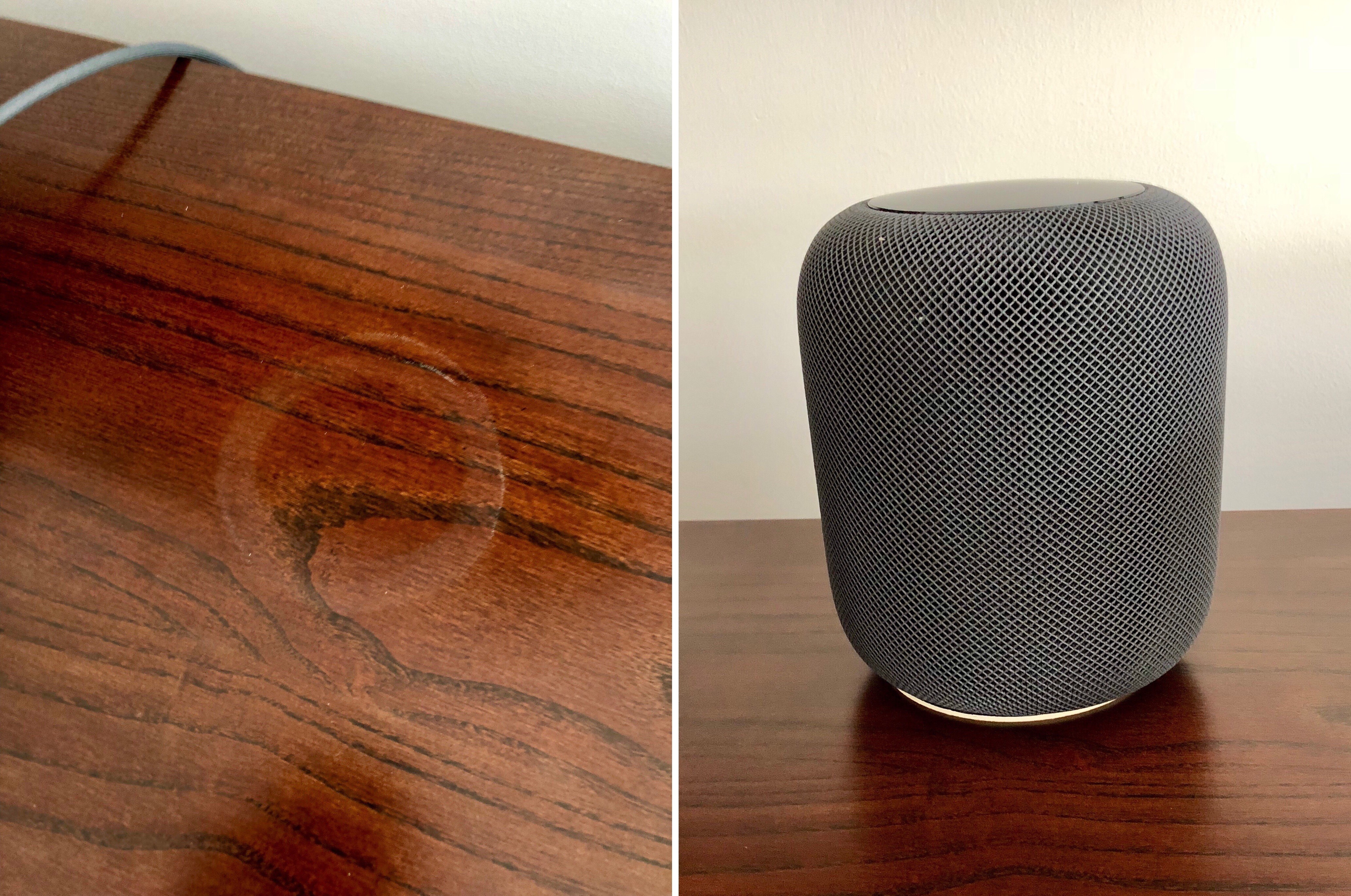Benjamin Mayo sums up one of the most annoying features of Apple Music: the way the service thinks everything is an “album”, making it extremely inconvenient to find what you’re looking for.
These artefacts of compact discs show up again when looking at an artist page. What a human would think of as an artist’s albums, and what Apple Music lists, are completely different. EPs, singles, specials, deluxe, originals are all shoehorned under one name ‘Albums’. There is no way to filter these out. This really makes finding what you want hard. When you know what you want to find, all this backwardly organised catalogue gets in your way.
There has to be a better method than packaging everything up with the same ‘album’ label. This is not a hard problem, I thought to myself. In fact, it’s already been solved … by Spotify. As you have probably noticed by now, I have included a graphical illustration of Apple Music’s biggest flaw alongside this article. If you can’t see it, your browser isn’t wide enough. If you are reading outside of a browser, like RSS, this probably won’t show up for you either. Use a browser. I encountered this exact scenario in my first day of using the service. I did not fabricate it.
Don’t miss the effective visualization of this problem on his post.
I like Apple Music, but this has been a problem since the service launched almost three years ago, and it’s time for a fix.
Here’s what makes this even more annoying: Beats Music – the very service Apple Music is largely based on – visualized albums, compilations, and different editions in separate tabs/views. Two of the worst Apple Music features (album categorization and the separation of playlists made by you vs. those made by others) had already been fixed by Beats Music, but Apple went for an inferior design that is still with us today.










